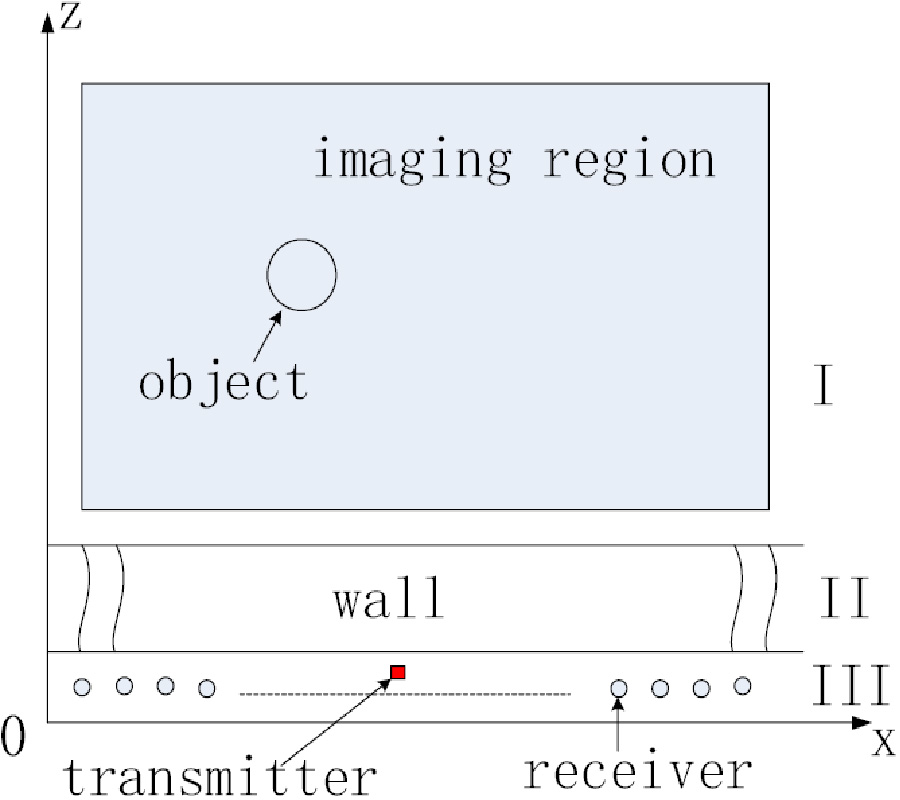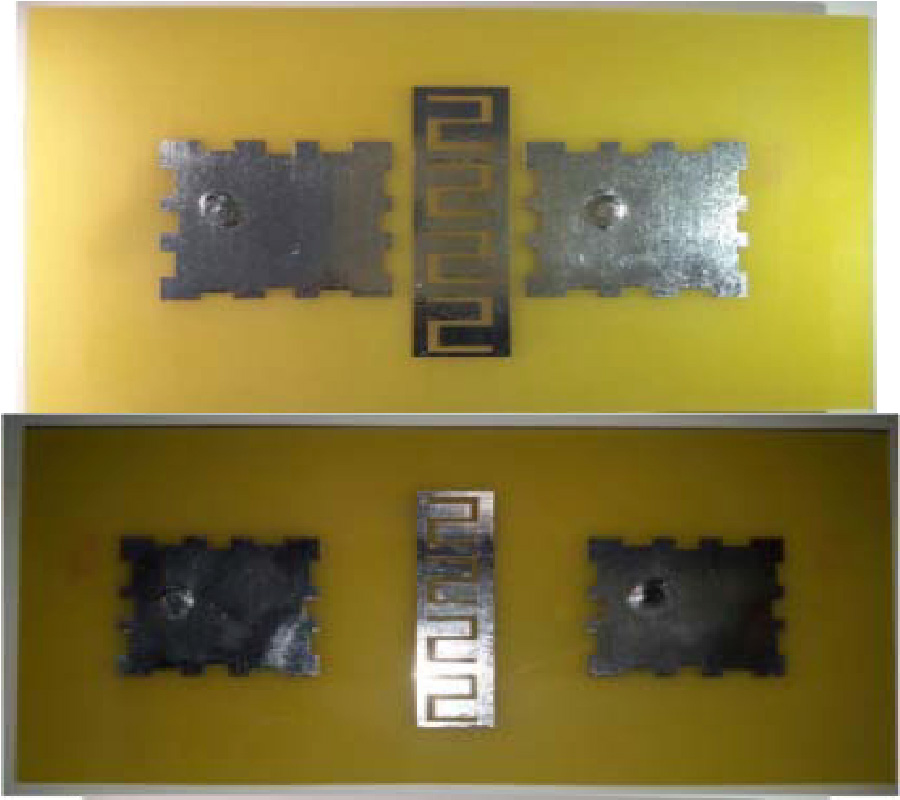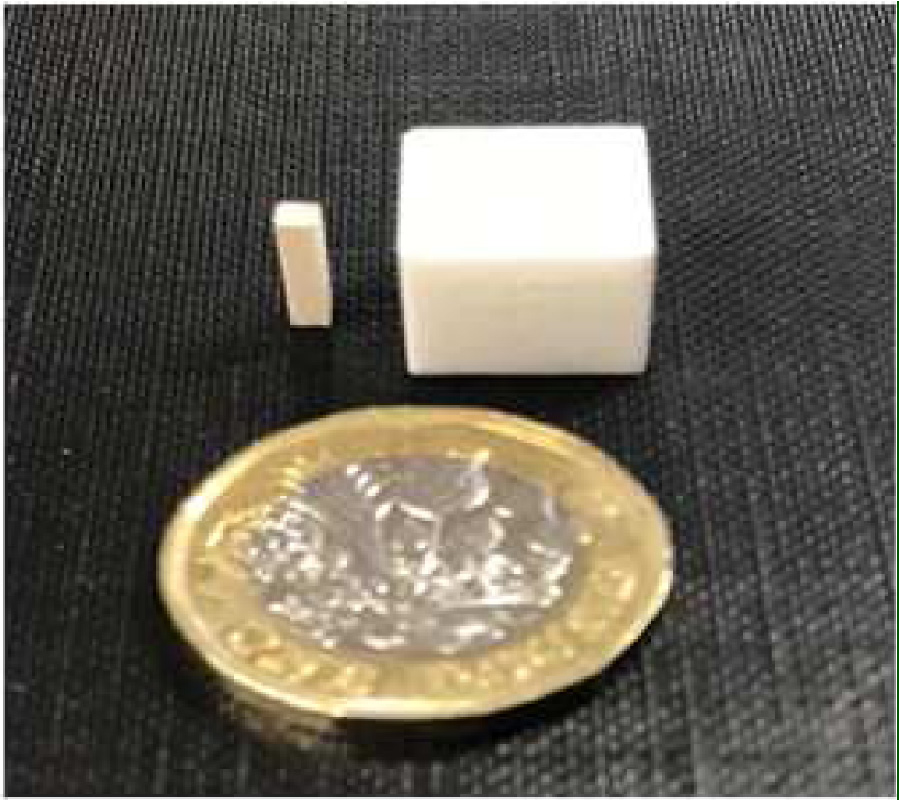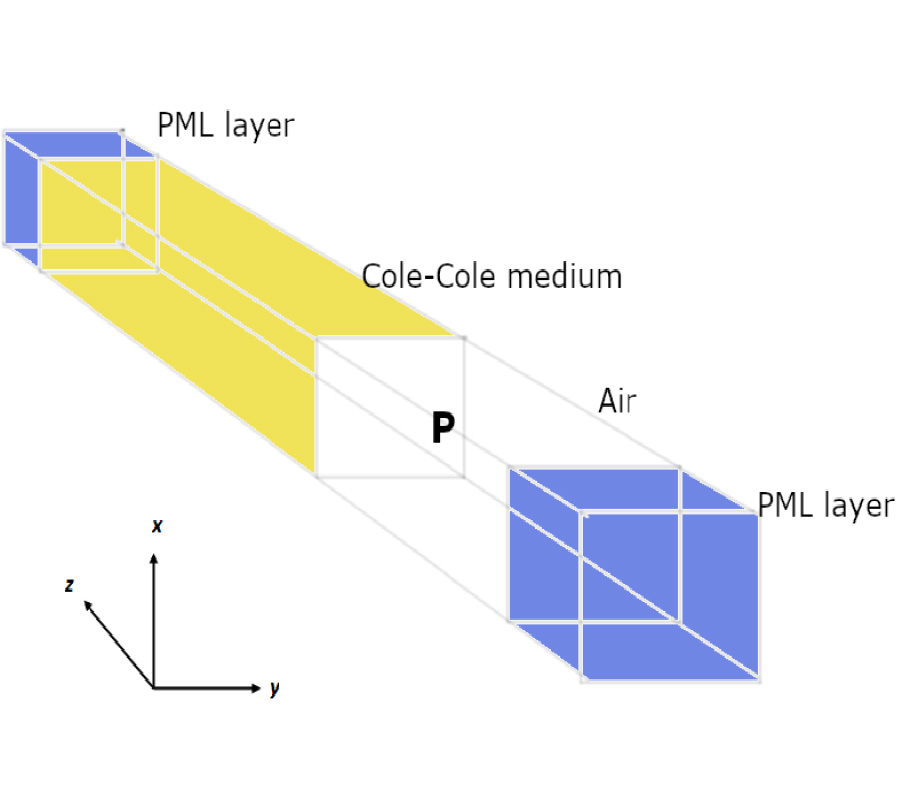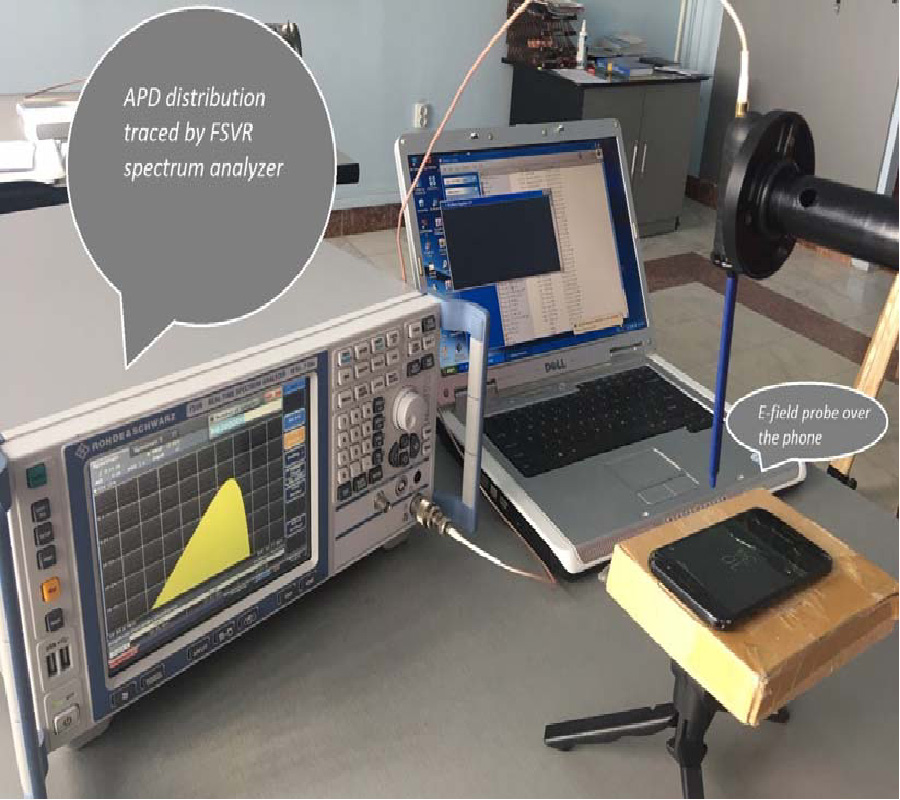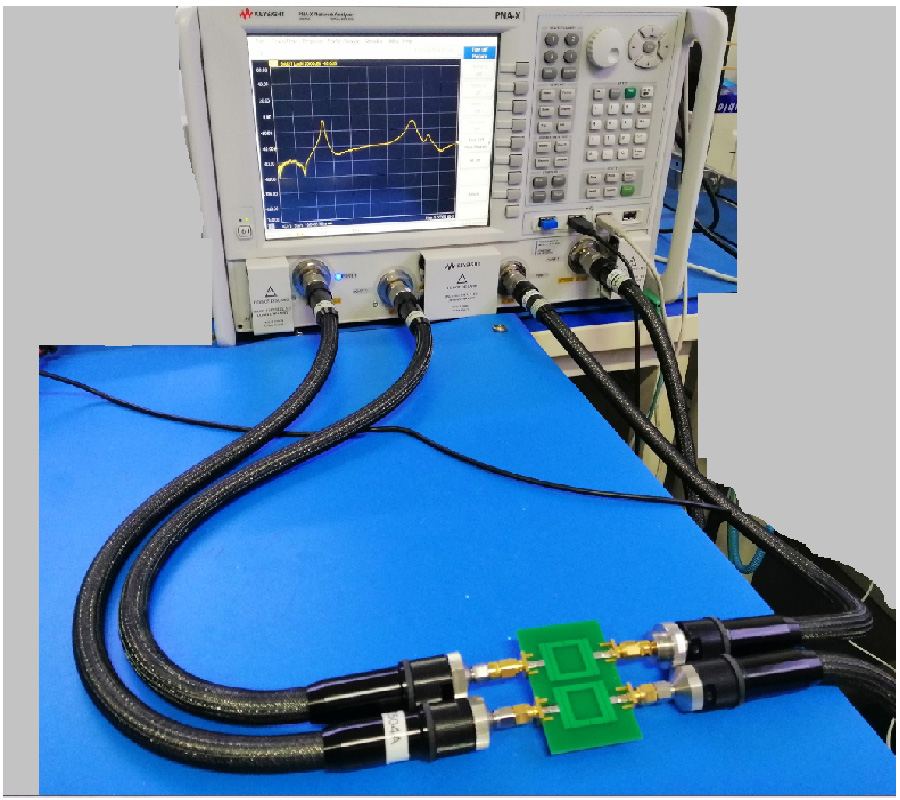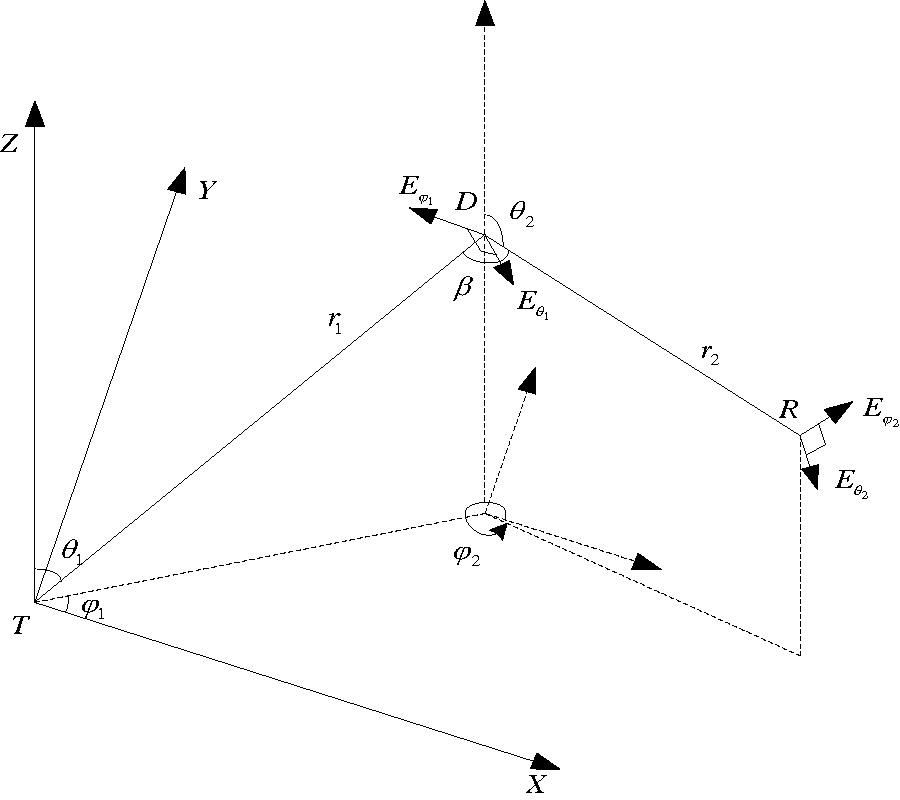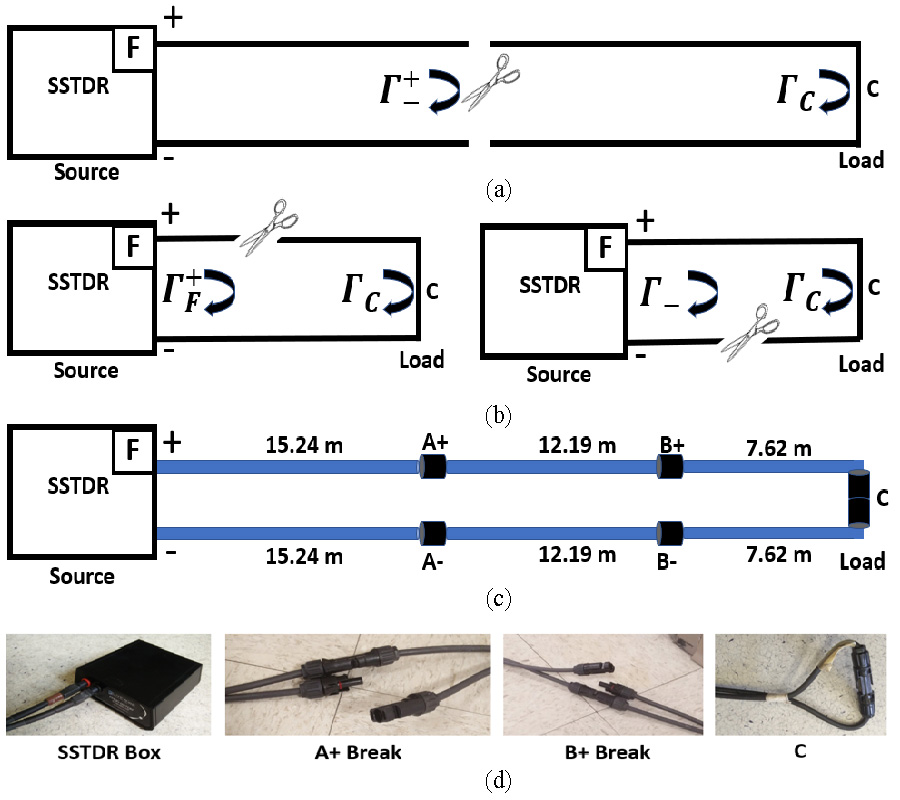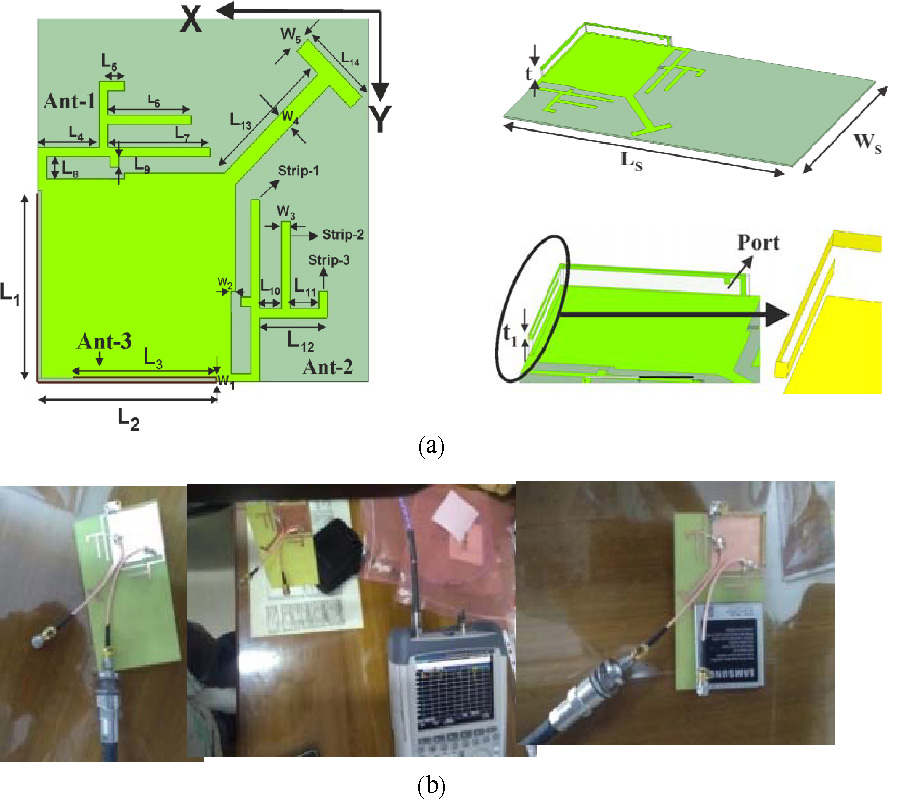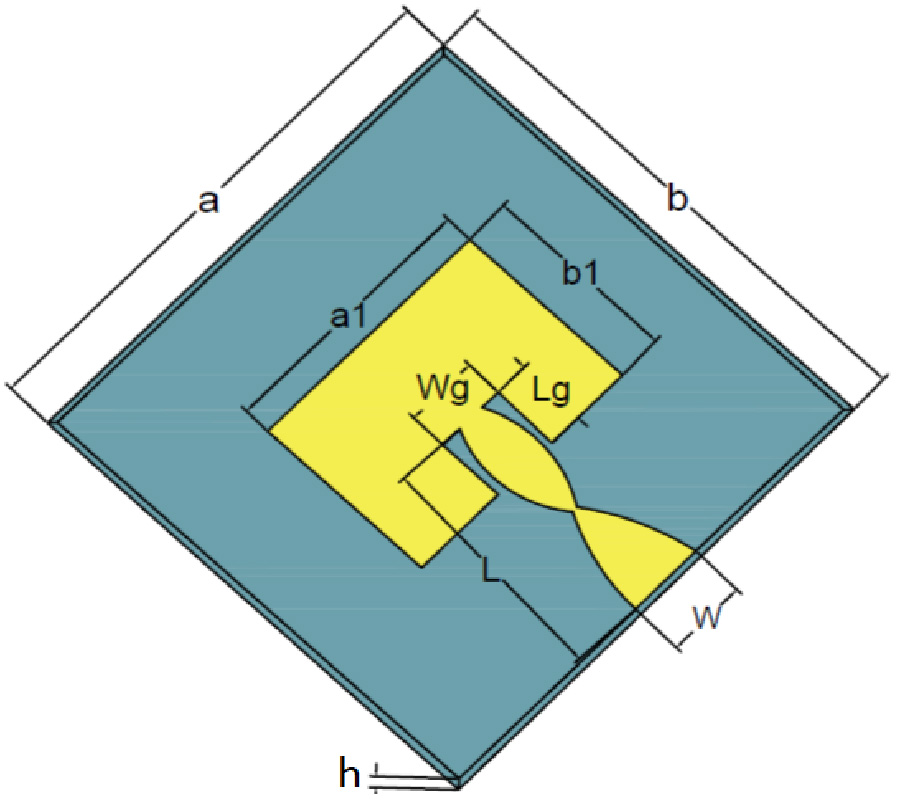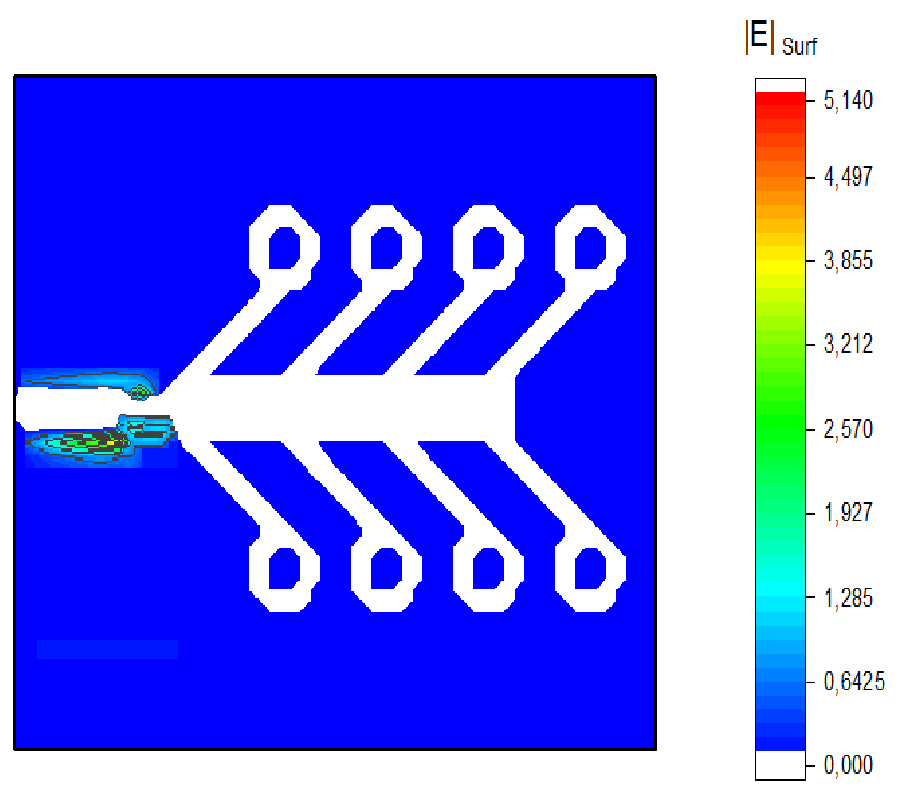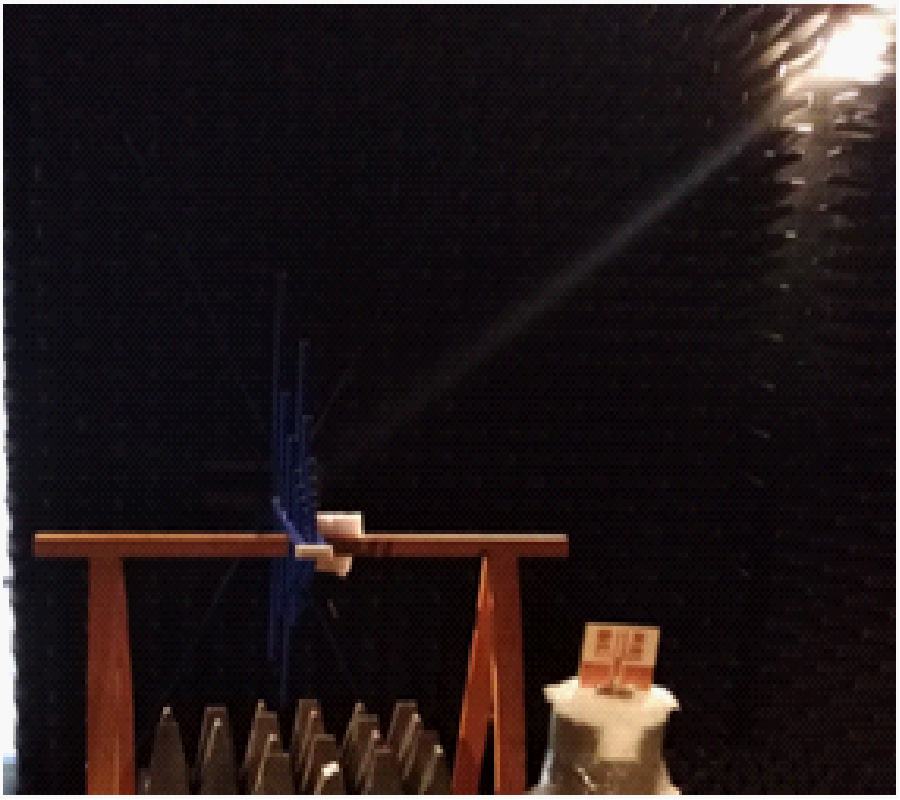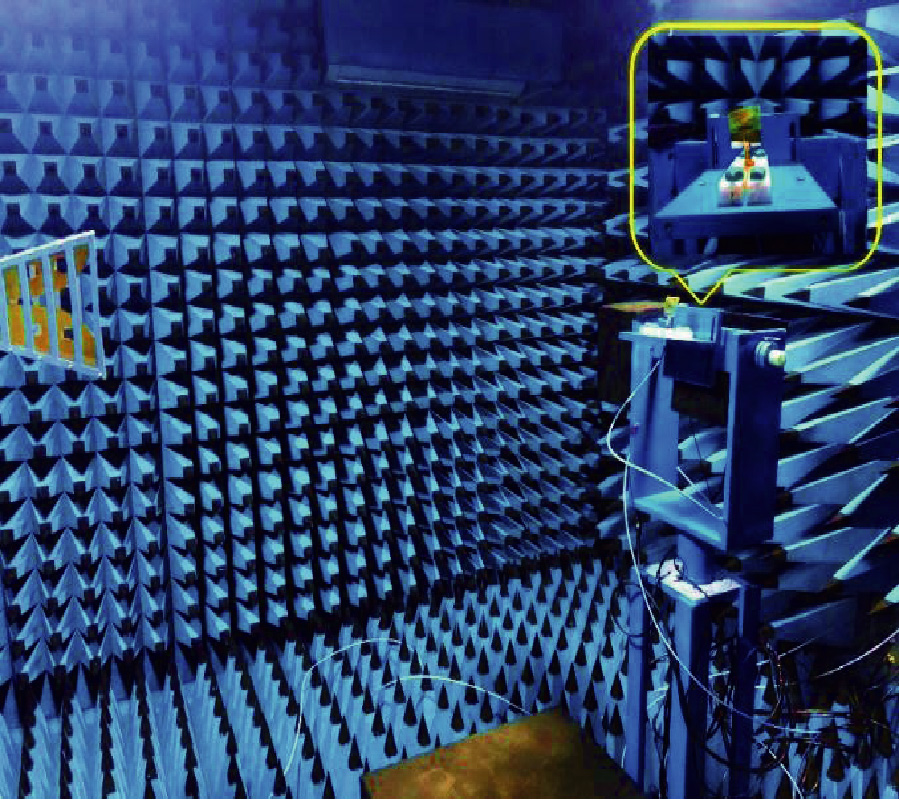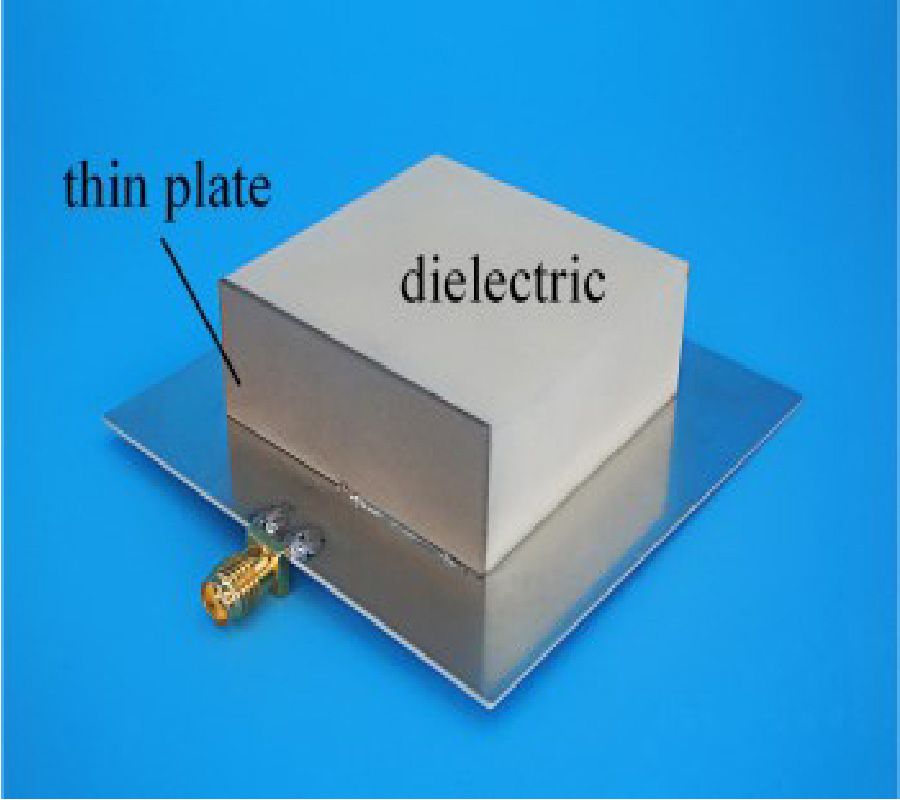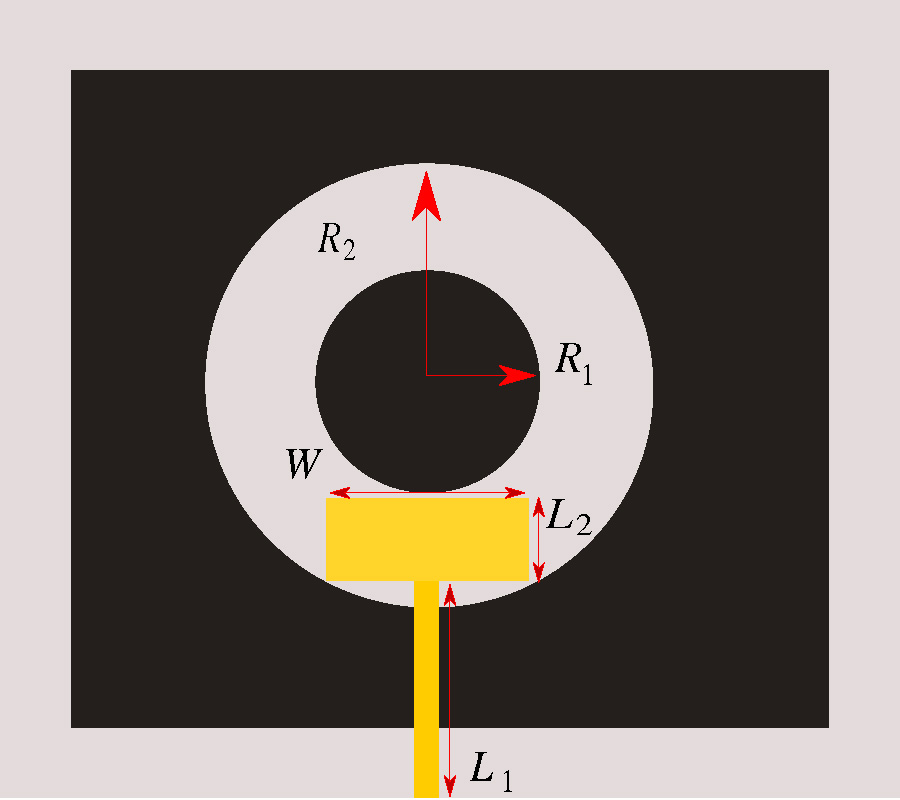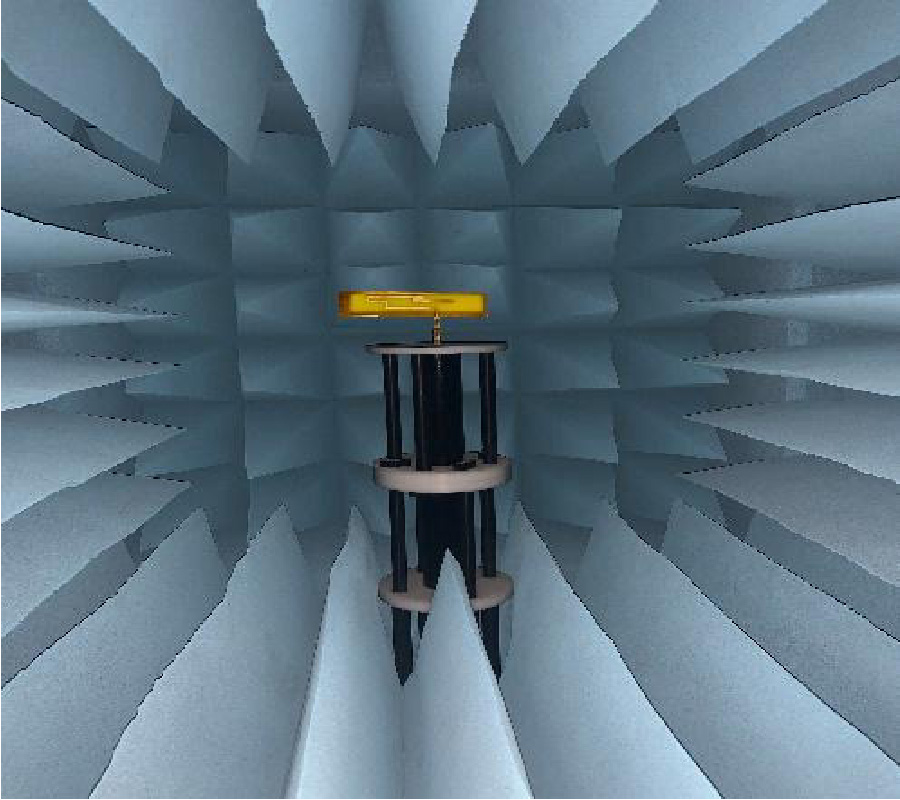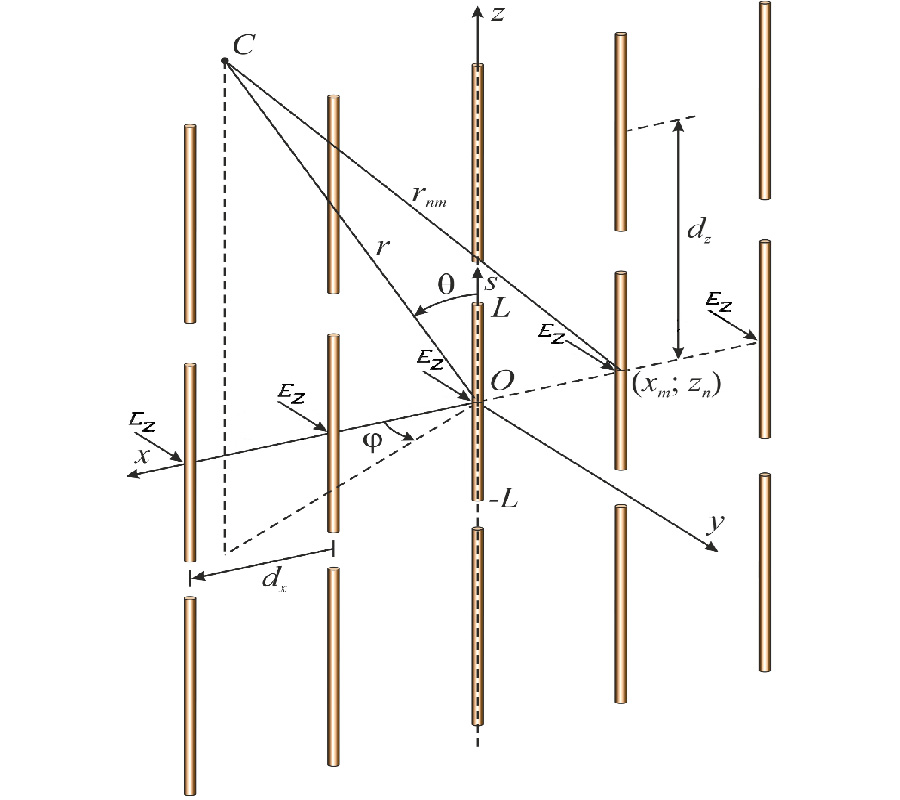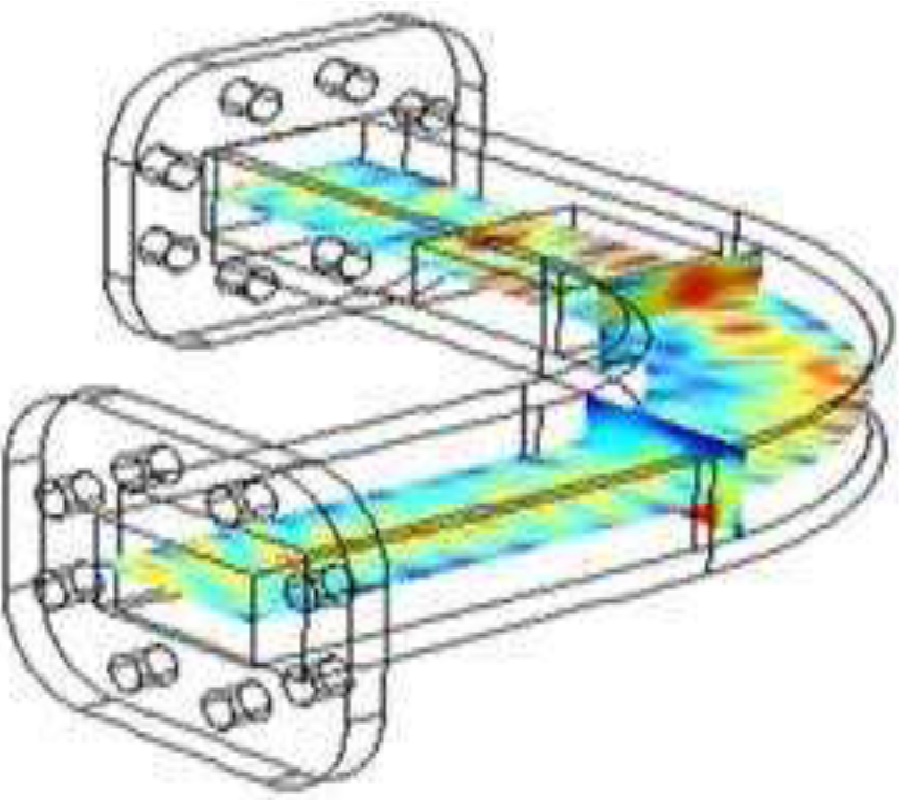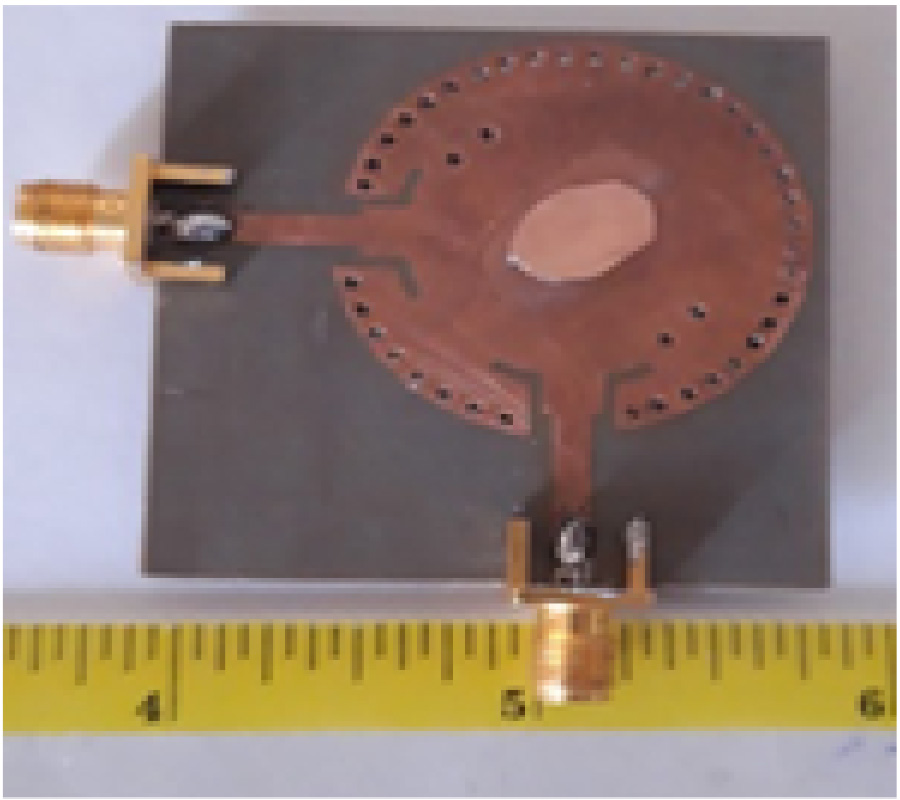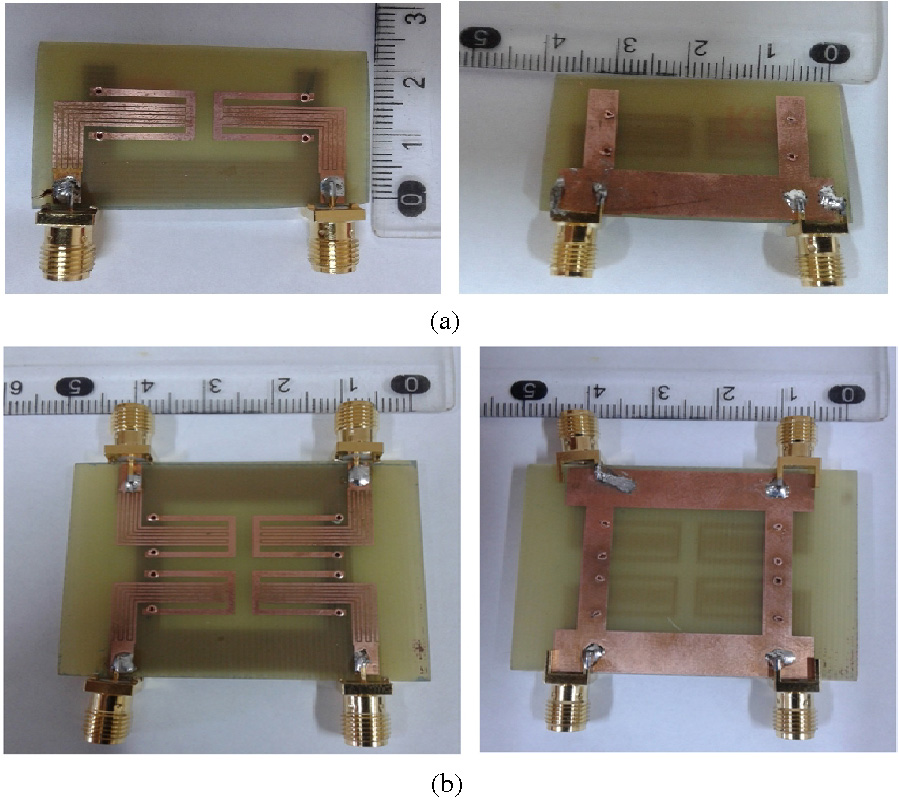2020-02-17 Latest Published
By Hua-Mei Zhang
Sheng Zhou
Cheng Xu
Ye-Rong Zhang
Progress In Electromagnetics Research M, Vol. 89, 189-197, 2020
Abstract
To solve the real-time through-wall detection problem in the presence of wall ambiguities, an approach based on the kernel extreme learning machine (KELM) is proposed in this paper. The wall ambiguity and propagation effect are included in the single-hidden-layer feedforward networks, and then the technique converts the through-wall problem into a regression problem. The relationship between the scattered data and the target properties is determined after the KELM training process. Numerical results demonstrate the good performance in terms of the effectiveness, generalization, and robustness. Compared with the support vector machine (SVM) and least-squares support vector machine (LS-SVM), the KELM provides almost the same estimated accuracy but at a much faster learning speed, which greatly contributes to solving the real-time detection problem. In addition, the situations of two targets, different target radiuses, and noisy circumstances are discussed.
